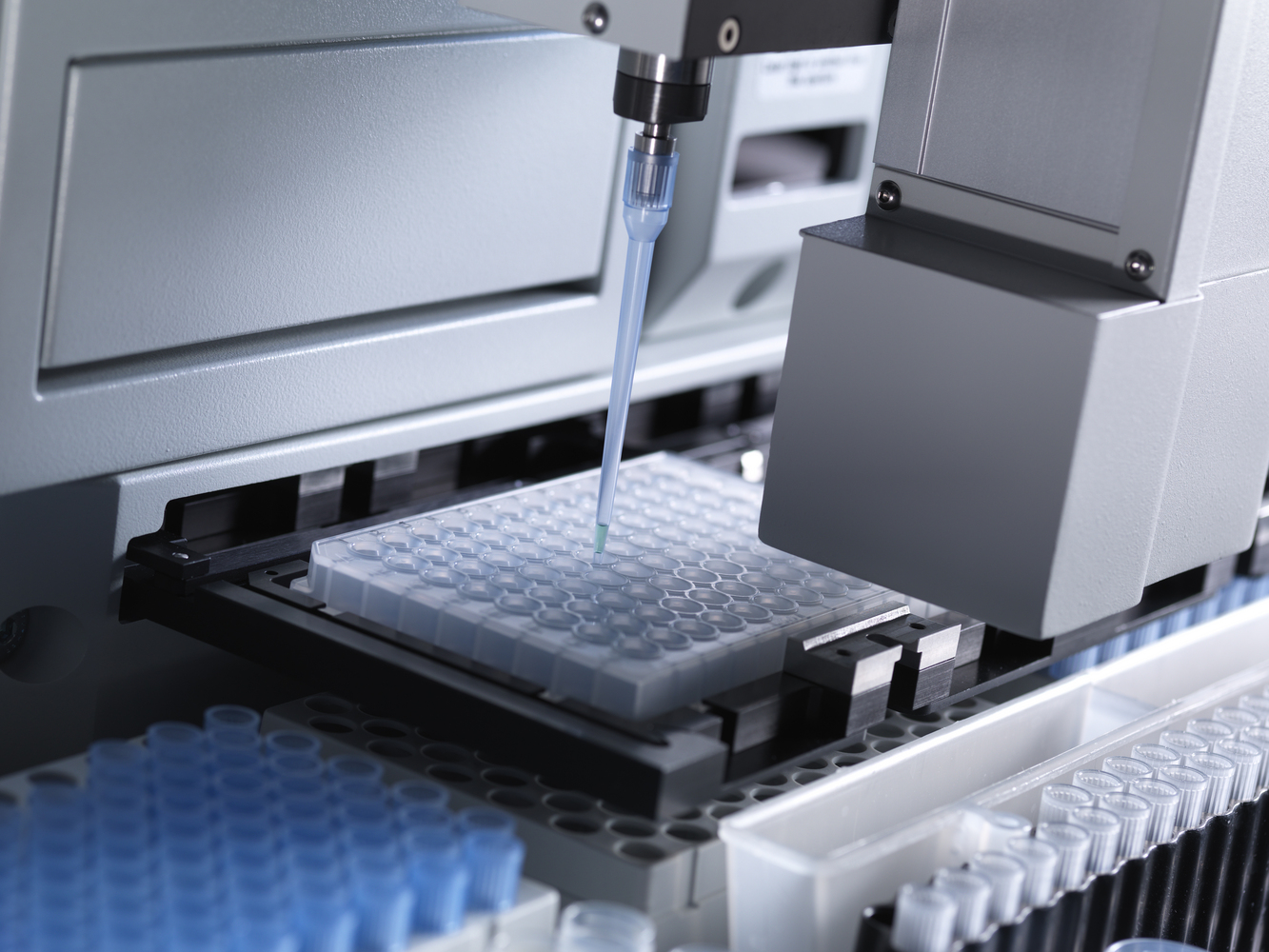Basic Automation of a process workflow involves automatic tracking and monitoring of tasks and enables continuous metrics collection (e.g. literature tracking tool, workflow management).
The Literature Tracking Tool is a comprehensive repository for literature abstracts and tracks the entire literature monitoring workflow. It provides real time dashboards and enables online review of the abstracts with links to the original full page article.
The Case Processing Assist tool (C-PAT) tool is a highly customizable Robotic Process Automation (RPA) tool for assisted case data entry into Argus, ARISg or any custom database. It automates case data entry for structured source documents and ensures improved quality and efficiency. It also serves as a platform to attain one touch case processing involving a single round of manual interaction from case intake through case submission.
Our Intake Processing Assist Tool (I-PAT) tool completes all in-take activities for case processing. This entails a three level duplicate search on two systems, parsing the information & automated data entry in to the database from the structured fields of the source documents. The information is collected from consumer call centers, social media and other consumer facing platforms and is used by our Global Case Management team.
The Medical Review Assist tool takes the automation process one level up to Cognitive Automation. It supports the medical reviewer or safety physician in reviewing safety source documents and other safety data. The tool applies natural language processing to help identify drug event pairs while leveraging existing medical terminology classifications such as Medical Dictionary for Regulatory Activities (medDRA) and World Health Organization Drug Dictionary (WHODD).
Artificial Intelligence consists of tools and systems that leverage artificial intelligence technologies like machine learning and deep learning to self-learn and self-train as they process a growing volume of safety data. Such AI tools coupled with RPA and cognitive computing hold the promise of end to end automation with minimal or no human intervention.


